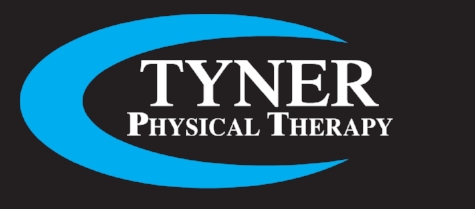Shoulder Pain:
Frozen Shoulder "adhesive capsulitis"
Rotator Cuff Strain/ Tendonitis
Bicep Tendonitis
Labrum Tear / Shoulder Instability
Shoulder Impingement
Numbness into arm, forearm, hands, fingers
Post Operative Rehabilitation
The shoulder is a ball-and-socket joint that is made up of the humerus (long arm bone), the clavicle (collarbone), and the scapula (shoulder blade). The shoulder joint is described as a big ball (end of long arm bone) on a little golf ball tee (shoulder blade surface). This configuration gives the shoulder joint a wide range of movement, but with the cost of the greatest chance for instability. Shoulder instability puts the shoulder labrum as well as the rotator cuff muscles at risk for injury.
The surrounding musculature such as the rotator cuff, neck muscles, and scapular muscles all work together to ensure proper movement of the shoulder joint complex. It is vital that these muscles are strong enough and efficient in working together to perform its functional needs. Dr. Tyner will evaluate and work with the patient to restore optimal pain free function of the shoulder joint through individualized exercise prescription and manual therapy techniques.
